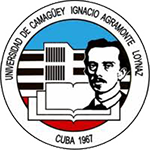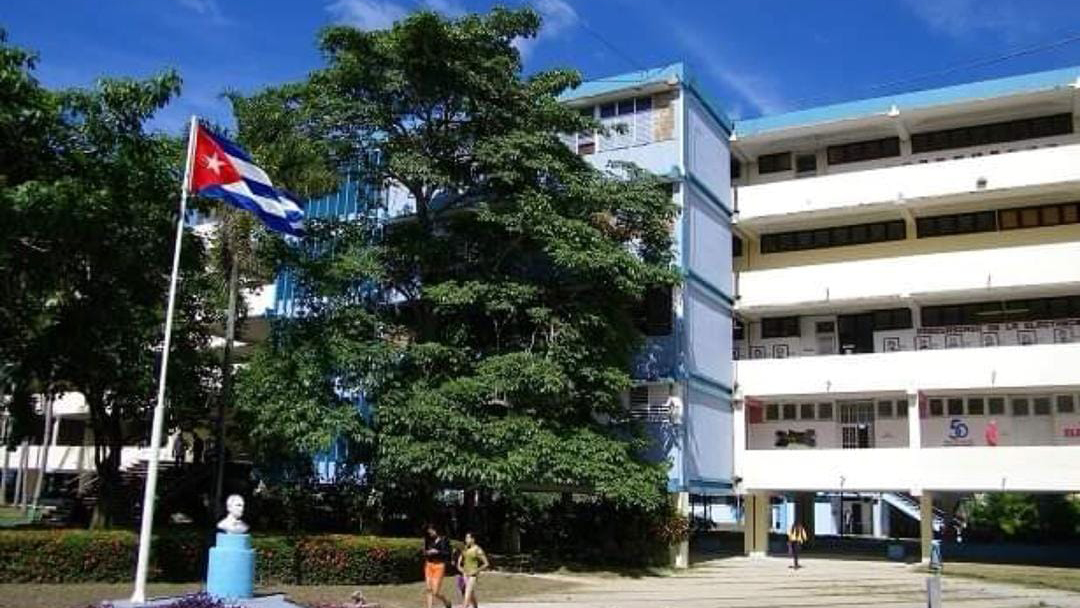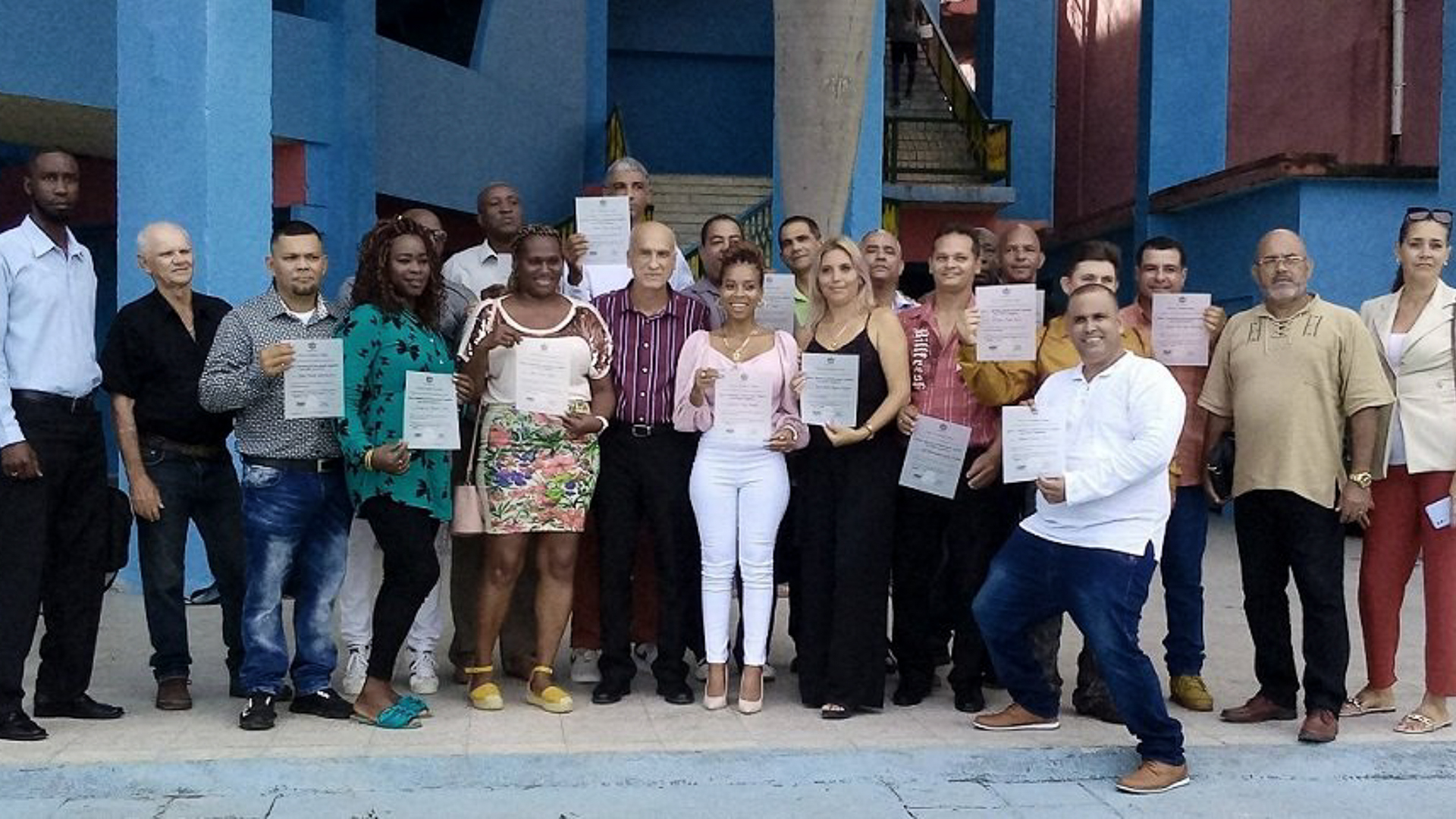Universidad de Camaguey

- Home
- About Us
- GO ABROAD
- Partnership Building and Professional Development
- Cuba TIES 10
- WEFLA SECAN 2025
- ISA – Art and Culture 2025
- ISA – University of the Arts Network (RUA)
- Oriente Science and Conscience Convention 2025
- Holguin Internationalization Workshop
- Matanzas International Scientific Convention
- IsDi – FORMA 2025
- Cienfuegos – 3rd Scientific Convention
- Lehman In the Provinces 2026
- Study Abroad
- Independent Study/Life Long Learning
- Partnership Building and Professional Development
- Latest News
- Contact Us
- Languages
Universidad de Camaguey
THE UNIVERSITY OF CAMAGÜEY
Founded in 1967, the University of Camaguey “Ignacio Agramonte Loynaz” was the first institution of higher learning created after the triumph of the Cuban Revolution in January 1959. Its creation marks the beginning of Higher Education in Camagüey and is intricately linked to the advancement of human and social development in the city. The university consists of three principal campuses in the capital city and twelve municipal university centers throughout the province. The university offers fifty-three majors in various study modalities through its ten faculties.
The UC consists of ten faculties:
- The Faculty of Agricultural Sciences
- The Faculty of Economics and Business Administration
- The Faculty of Social and Humanistic Sciences
- The Faculty of Construction
- The Faculty of Law
- The Faculty of Electromechanics
- The Faculty of Informatics
- The Faculty of Languages
- The Faculty of Communication
- The Faculty of Chemistry

University of Camagüey
The National Accreditation Board (JAN), has certified thirteen majors with the designation of “accredited” and six master degree programs and eight certificate programs with “excellence.” The University of Camagüey develops a wide range of scientific and technical extension work and promotes culture and sports among its students and workers as pillars of the educational process.
In 2019. UC had a student body of about 13,000 students from several Cuban provinces, plus 150 foreign students from Africa, Asia, Latin America and the Caribbean. A faculty of 1,500 professors, including about 900 masters and more than 240 Doctors of Science. Specialty careers in engineering (construction, mechanical, electrical, computer, chemical, industrial, agronomic), architecture, heritage conservation, veterinary medicine, law, history, socio-cultural studies, economics, accounting, English language, social communication, journalism, pedagogical sciences, and physical culture.
- Center for the Study of Educational Sciences (CECEDUC)
- Center for the Study of Architecture and Civil Engineering (CENAC)
- Center for Multidisciplinary Tourism Studies (CEMTUR)
- Centro de Estudios de Desarrollo de la Producción Agropecuaria (CEDEPA)
- Center for the Study of Educational Sciences (CECEDUC)
- Center for the Study of Architecture and Civil Engineering (CENAC)
- Center for Multidisciplinary Tourism Studies (CEMTUR)
- Centro de Estudios de Desarrollo de la Producción Agropecuaria (CEDEPA)
- Center for Business and Territorial Management Studies (CEDET)
- Center for the Study of Foundries and Recovery of Equipment and Parts (CEEFREP)
- Center for Educational and Business Quality Studies (CECEE)
- Center for Environmental Management (CGA)
- Center for Business and Territorial Management Studies (CEDET)
- Center for the Study of Foundries and Recovery of Equipment and Parts (CEEFREP)
- Center for Educational and Business Quality Studies (CECEE)
- Center for Environmental Management (CGA)
The University of Camagüey began with agricultural engineering as the “Álvaro Barba Machado” Cane Institute and pedagogy as the “Cándido González” Institute. In 1972, both specialties were transferred to the San Isidro Farm, outside of the city of Camagüey. By 1974, these careers were already operating in the new (and current) under construction headquarters, which was founded as the university center.
In 1975, it was officially declared a university by Law 1294 of the Council of Ministers.
At the beginning of the 21st century, the UC joined the implementation of university expansion promoted by the Ministry of Higher Education, through the creation of university centers in the thirteen municipalities of the province. These are the current Municipal University Branches, where higher education is integrated into the province. The Municipal University Branches provide accessibility to all students who live in Camagüey.
On June 8, 2010, it was named “Ignacio Agramonte Loynaz”, in honor of the Camagüey patriot Ignacio Agramonte, the most important hero of the province in the struggle for independence from Spanish rule.
For More Information Contact
Dr.C. Yailé Caballero Mota
Director, International Relations
Email: yaile.caballero@ucf.edu.cu
Website: www.reduc.edu.cu
Address:
Carretera Circunvalación Norte
Camino Nuevo de Nuevitas y Avenida Ignacio Agramonte 74650
Camagüey, Cuba
VISIT THE UNIVERSITY OF CAMAGUEY
Click the button to visit the University of Camagüey website
[shareaholic app=”share_buttons” id=”5147204″]


